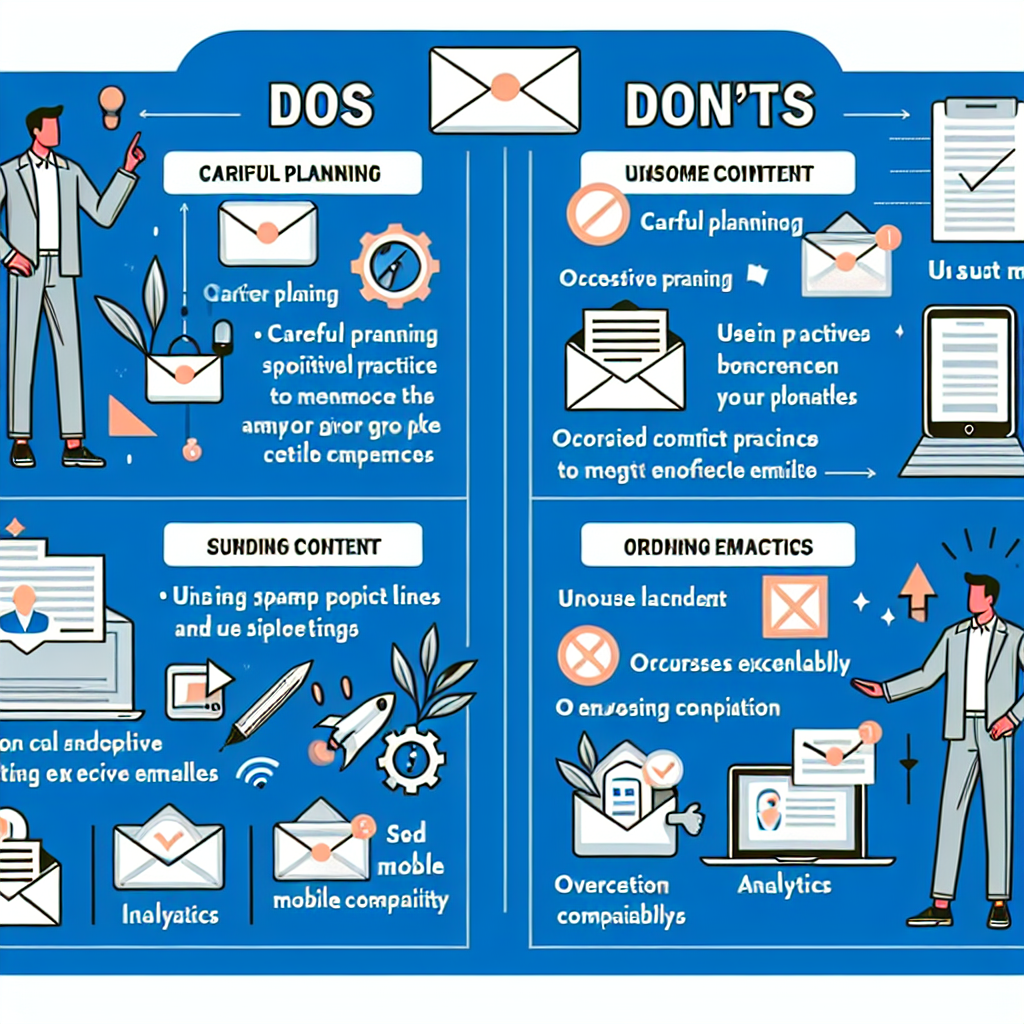How A/B Testing Can Transform Your Email Marketing
Email marketing remains one of the most effective channels for driving engagement and conversions. However, not all email campaigns are created equal. To truly maximize the impact of your email marketing efforts, A/B testing is a powerful tool you can’t afford to ignore. In this article, we will explore how A/B testing can transform your email marketing, offering practical tips, proven strategies, and real-world examples to help you get started.
What is A/B Testing?
A/B testing, also known as split testing, is a method of comparing two versions of a marketing asset to determine which one performs better. In the context of email marketing, this involves sending two variants of an email to a small segment of your audience to see which version yields better results.
Why A/B Testing is Crucial for Email Marketing
According to HubSpot, A/B testing can improve your conversion rates by as much as 49%. This statistic underscores the importance of optimizing your emails to ensure you’re getting the most out of your campaigns. A/B testing allows you to make data-driven decisions, reducing the guesswork and enabling you to understand what resonates with your audience.
Key Elements to A/B Test in Email Marketing
1. Subject Lines
The subject line is the first thing your recipients see, and it significantly influences open rates. According to Campaign Monitor, 47% of email recipients decide whether to open an email based solely on the subject line. Test different lengths, tones, and types of subject lines to see what works best for your audience.
2. Email Content
From the header to the call-to-action (CTA), every aspect of your email content can impact its success. Experiment with different layouts, images, and content types to see what drives the most engagement. For instance, you might test a text-heavy email against a more visual one to determine which format your audience prefers.
3. Call-To-Action (CTA)
The CTA is the ultimate goal of your email, whether it’s driving traffic to your website, encouraging a purchase, or prompting a sign-up. Test different CTA buttons, including their text, color, and placement, to see which version drives the most conversions.
4. Send Times
The timing of your email can have a significant impact on its performance. Experiment with sending your emails at different times of the day and on different days of the week to see when your audience is most responsive.
How to Conduct A/B Testing in Email Marketing
Step 1: Define Your Goals
Before you start testing, it’s crucial to define what you want to achieve. Are you looking to increase your open rates, improve click-through rates, or boost conversions? Having clear goals will help you measure the success of your tests.
Step 2: Create Hypotheses
A hypothesis is an educated guess about what you think will improve your email performance. For example, you might hypothesize that a shorter subject line will increase open rates. Formulate your hypotheses based on past performance data and industry best practices.
Step 3: Segment Your Audience
To ensure your test results are reliable, segment your audience into two equal and randomly selected groups. This way, you can be confident that any differences in performance are due to the changes you made and not external factors.
Step 4: Run the Test
Send the two versions of your email to your segmented audience and monitor the results. Make sure to only test one element at a time to isolate its impact. For example, if you’re testing subject lines, keep the rest of the email content identical.
Step 5: Analyze the Results
Once your test has run its course, analyze the results to determine which version performed better. Look at key metrics such as open rates, click-through rates, and conversion rates to gauge the success of your test.
Step 6: Implement and Iterate
Use the insights gained from your A/B test to optimize your email campaigns. Implement the winning version and continue testing other elements to further improve your results. A/B testing is an ongoing process, and continuous optimization is key to long-term success.
Real-World Examples of Successful A/B Testing
Example 1: Airbnb
Airbnb conducted an A/B test on their email subject lines to see which version would generate higher open rates. By testing a personalized subject line against a generic one, they found that the personalized version led to a 20% increase in open rates.
Example 2: HubSpot
HubSpot tested the effect of including a video thumbnail in their email campaigns. They discovered that emails with video thumbnails received a 21% higher click-through rate compared to those without.
Example 3: Litmus
Litmus tested different CTA button colors to see which one would drive more clicks. They found that a red CTA button outperformed a green one, resulting in a 34% increase in click-through rates.
Actionable Tips for Effective A/B Testing
1. Test One Element at a Time
To accurately measure the impact of your changes, test only one element at a time. This ensures that any differences in performance can be attributed to the element you’re testing.
2. Use a Large Enough Sample Size
Ensure your test results are statistically significant by using a large enough sample size. If your audience is too small, the results may not be reliable.
3. Run Tests for an Adequate Duration
Give your tests enough time to run to ensure the results are meaningful. Running tests for at least a week can help account for variations in audience behavior.
4. Keep an Eye on External Factors
Be aware of external factors that might influence your test results, such as holidays, industry events, or major news stories. These factors can impact your audience’s behavior and skew your results.
5. Document Your Findings
Keep a record of your A/B test results and insights. This documentation will serve as a valuable resource for future tests and help you build a knowledge base of what works best for your audience.
Conclusion
A/B testing is a game-changer for email marketing, offering a data-driven approach to optimizing your campaigns. By testing different elements of your emails and analyzing the results, you can make informed decisions that drive better engagement, higher open rates, and increased conversions. Start implementing A/B testing in your email marketing strategy today, and watch your email performance soar.


